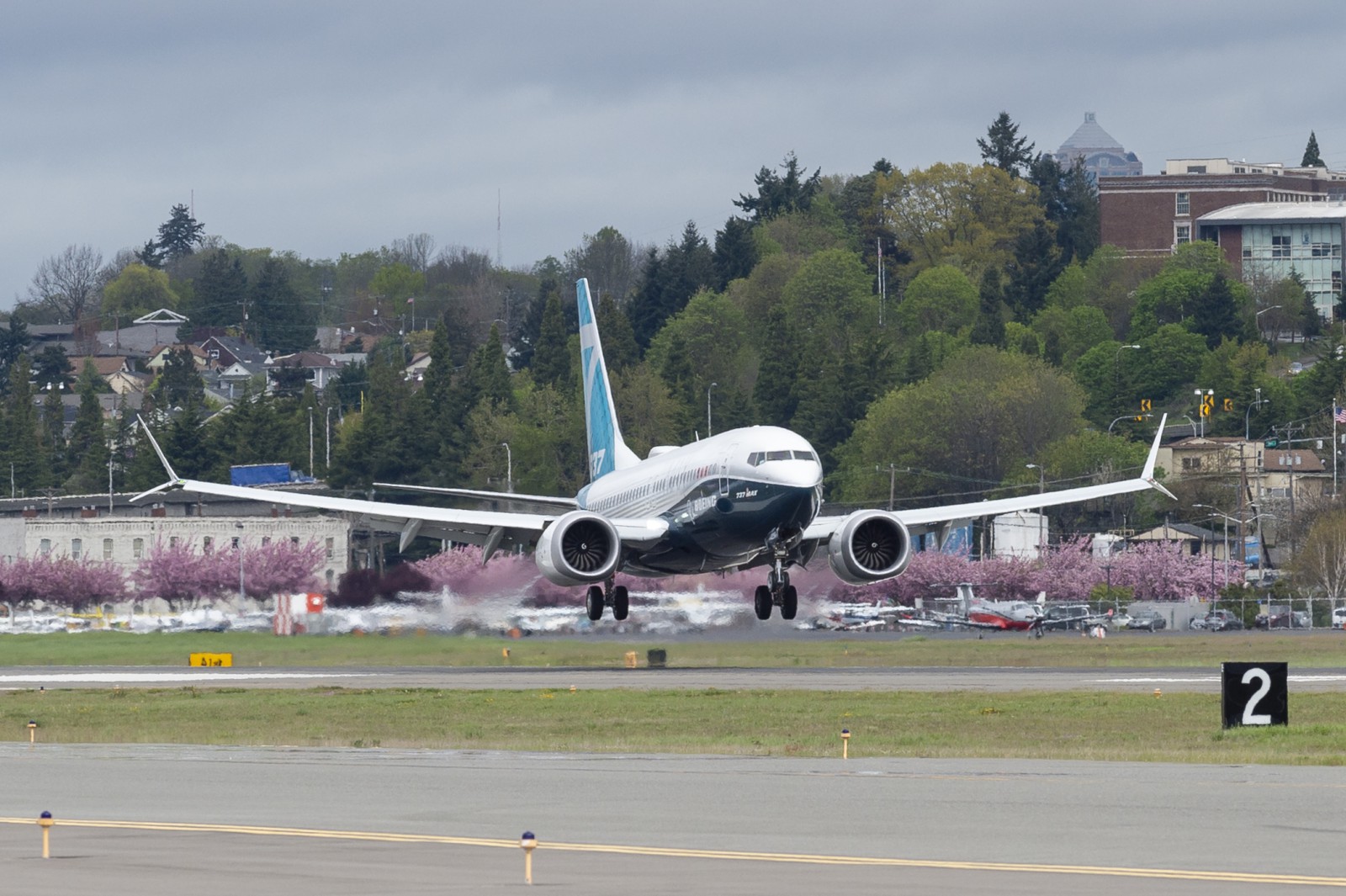US Congressional 737 report a missed opportunity
21 September, 2020
3 min read
The Back Story

Geoffrey Thomas
By joining our newsletter, you agree to our Privacy Policy


There is no doubt that the US congressional report on 737 MAX is not only seriously flawed but a terrible missed opportunity to drill into all the factors around the tragic factors that led to 346 deaths.
The damning 245-page report into the design and build of the 737 MAX relied heavily on lay media stories, many written by reporters with no aviation background and many serious errors were made. You can read our analysis here.
The report does not advance our knowledge of the tragedies and it is more just a retelling of the endless sensational headlines over the past 20 months, many of which of course are wrong.
The terms of reference should have been widened immediately it became apparent that other serious factors were involved such as pilot competence and training.
Certainly, that can become politically embarrassing but it is critical for aviation safety to call out shortfalls that cost people's lives.
Even a top aviation advisor in Indonesia Air Chief Marshall Chappy Hakim says that corruption and bribery are issues. See the Foreign Correspondent story here.
And those issues have surfaced in India and Pakistan with fake pilot licences.
No aircraft manufacturer can design an aircraft that can prevent the outcomes of corruption, bad training and in the case of Pakistan fake pilot licences.
The US Congressional Committee had within its grasp the opportunity of redefining the baseline for training, standard safety equipment as well as assumptions on pilot competency.
In an industry where airlines decline window shades to seatback pockets to save money, what manufacturer is going to decline an order for 200 aircraft if the airline insists on the removal of additional safety features?
Even top airlines such as Qantas and Air New Zealand do a cost analysis on new features such as RNP (Required Navigation Performance) which enables aircraft to fly around mountains in zero visibility.
In 1988 I was once told by the head of Cathay Pacific Airways engineering, the famous Stewart John, that the new (at the time) Traffic Collision Avoidance System (TCAS) was just a gimmick for pilots.
In fact, TCAS was the best gimmick ever fitted to an aircraft and has saved tens of thousands of lives by preventing mid-air crashes after ATC lapses.
There is a perception at many airlines' administration that pilots want all the safety bells and whistles just for fun.
It is high time all safety systems on aircraft were mandatory and the level of redundancy increased.
Get the latest news and updates straight to your inbox
No spam, no hassle, no fuss, just airline news direct to you.
By joining our newsletter, you agree to our Privacy Policy
Find us on social media
Comments
No comments yet, be the first to write one.

